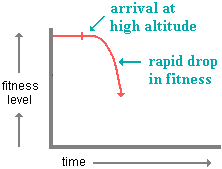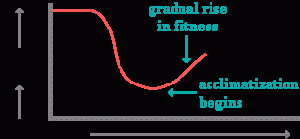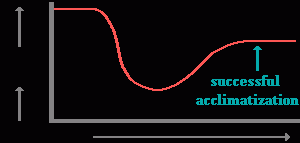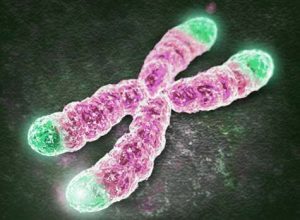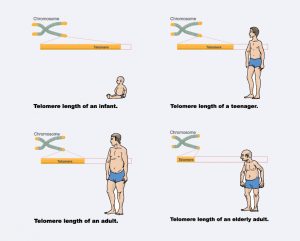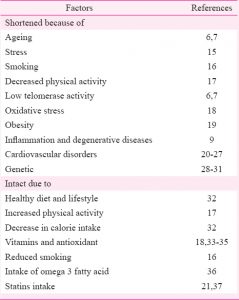Why It Matters
If you’re a health-conscious sort of person, you probably already know that keeping a healthy diet and living an active lifestyle can reduce your risk of certain health problems – for instance, liver disease. But did you know that exposure to certain chemicals can influence your liver’s health for the worse?
How Tough is Your Liver?
When faced with handling its typical everyday duties, the liver is a very resilient organ. It can easily recover from the early stages of damage that may lead to liver disease, such as having a few drinks in one night. However, when the number of risk factors concerning the liver begins to add up, the likelihood of developing non-alcoholic fatty liver disease increases. Included in the list of risk factors that may pose a threat is the presence of certain chemicals in the environment.

Diagram of the liver in the human body. Source: Wikimedia Commons
PCBs: A Potential Threat
Two chemicals that may pose a threat to your liver’s health are vinyl chloride, an industrial chemical, and polychlorinated biphenyl compounds (PCBs), which are oily liquids used in electrical equipment. PCBs have been banned since the 1970s due to their health risks, but unfortunately, they break down very slowly and as a result are oftentimes still present in air, water, and soil sources across the globe. Currently, the greatest potential source for coming into contact with PCBs is through consuming animal products. Recent studies by the Environmental Protection Agency revealed that the maximum concentration of PCBs is just a few parts per billion (ppb) in fish, and even less for meat and dairy. These levels are considered safe for humans, though people who eat large amounts of seafood may be at higher risk.

Structure of a polychlorinated biphenyl compound. Source: OSPAR
Healthy Choices Can Reduce Your Risk
However, experts agree that for most people, there’s no need to panic – the effects of these chemicals were only seen to be harmful when combined with additional unhealthy lifestyle factors such as obesity or a diet with a large excess of calories. Just look to rodents for an example: in lab experiments, only the obese mice which were fed excessive amounts of food suffered from the chemicals’ harmful effects, while the healthy mice were not affected by the chemicals. It’s only when faced with additional risk factors, such as obesity, lifestyle, or genetics, that it becomes necessary to pay extra attention to your liver’s health by watching out for the warning signs of liver damage.
https://youtu.be/Rht-1EZc3S0
Video explaining the warning signs of liver damage. Source: Intan Farisha
A Final Note
The good news is that for an active person of a healthy weight, these chemicals likely don’t pose a cause for concern. So don’t worry, your liver is probably going to be just fine – as long as you remember to eat your veggies and go for a jog once in a while!


